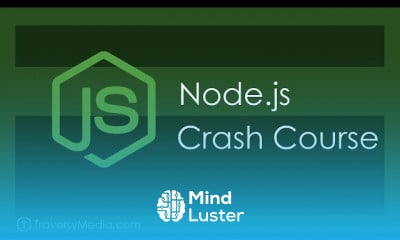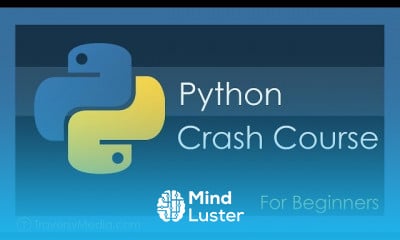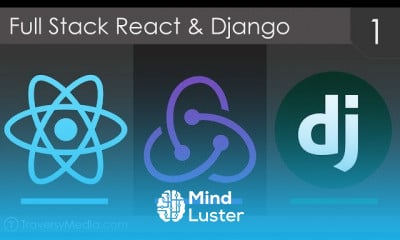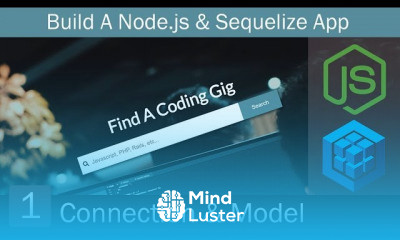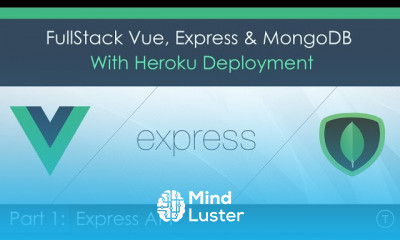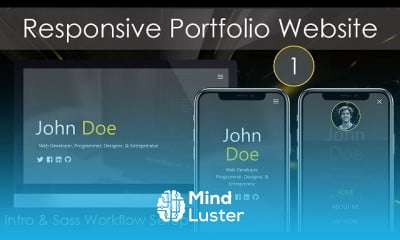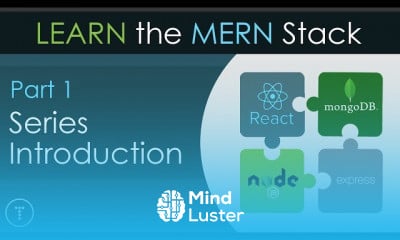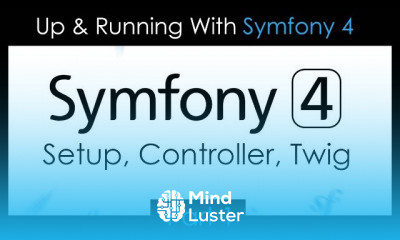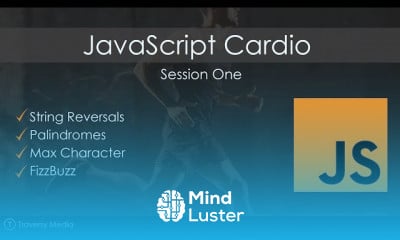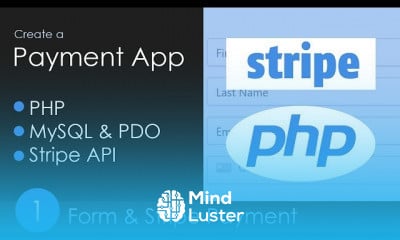Object Oriented PHP 13 Validation Class part 2
Share your inquiries now with community members
Click Here
Sign up Now
Lessons List | 14
Lesson
Comments
Related Courses in Programming
Course Description
What is object oriented PHP?
Object-Oriented Programming (PHP OOP), is a type of programming language principle added to php5, that helps in building complex, reusable web applications. The Object Oriented concepts in PHP are: ... You define a class once and then make many objects that belong to it. Objects are also known as instance.Is PHP object oriented or procedural?
However, sometimes using object oriented programming requires more effort than it's worth. In fact, PHP was initially developed as a procedural language and only later extended to OOP. PHP programmers cannot agree on which style is preferable.What are the 4 basics of OOP?
The four principles of object-oriented programming are encapsulation, abstraction, inheritance, and polymorphism.Is object oriented programming better than procedural?
Procedural programming languages are not as faster as object-oriented. The object-oriented programming languages are faster and more effective. Procedural uses procedures, modules, procedure calls. Object-oriented uses objects, classes, messages.What are advantages of object oriented programming?
4 Advantages of Object-Oriented Programming
Modularity for easier troubleshooting. Something has gone wrong, and you have no idea where to look. ...
Reuse of code through inheritance. ...
Flexibility through polymorphism. ...
Effective problem solving.
Trends
French
Graphic design tools for beginners
Artificial intelligence essentials
Formation efficace à l écoute de l
MS Excel
Essential english phrasal verbs
Build a profitable trading
Electrical engineering for engineer
YouTube channel setup
Data Analytics Visualization Techniques
Magento Formation Français
Python for beginners
Build a tic tac Toe app in Xcode
Figma for UX UI design
Python programming language
Computer science careers
Learning English Speaking
Excel skills for math and science
Web Design for Beginners
Printing student ID cards with excel tools
Recent
Growing ginger at home
Gardening basics
Ancient watering techniques
Grow mushrooms
Growing onions
Veggie growing
Bean growing at home
Growing radishes
Tomato growing at home
Shallot growing
Growing kale in plastic bottles
Recycling plastic barrel
Recycling plastic bottles
Grow portulaca grandiflora flower
Growing vegetables
Growing lemon tree
Eggplant eggplants at home
zucchini farming
watermelon farming in pallets
pineapple farming




